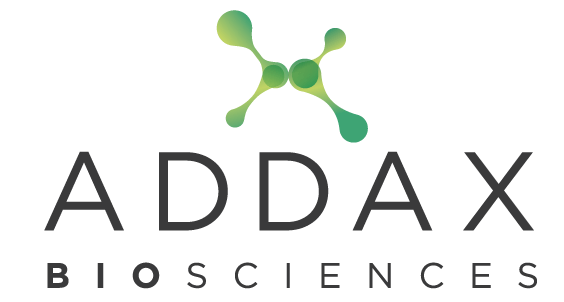A new, non-toxic histological fixative is safer for clinicians and better for the environment.
Formalin, a saturated water solution of about 37 % formaldehyde, is a widely used fixative for histology, the microscopic study of biological tissues. For example, after a biopsy or tissue sample is removed during surgery, it is fixed in formalin, which preserves the tissue or cell for further processing. “The problem with formalin as a fixative is that it is known to be toxic, carcinogenic and mutagenic,” says Benedetta Bussolati, a researcher at ADDAX Biosciences, an academic spin-off of the University of Torino. “As such, it is extremely dangerous both to those who use it and to the environment once it is disposed of.” With the support of the EU-funded GAF project, ADDAX Biosciences is working to replace the use of formalin with a non-toxic histological fixative that guarantees the same diagnostic precision. “We aim to revolutionise the fixative solution market by introducing an innovative reagent that facilitates optimal fixation at the structural and molecular levels,” adds Bussolati, who serves as the project’s coordinator.
Proving diagnostic validity
The project involved setting up and conducting a European validation trial for the company’s Glyoxal Acid-Free (GAF) fixative. “The scope of the trial is to prove the diagnostic validity of our non-toxic product to our main commercial targets, namely hospitals, clinics and laboratories,” explains Bussolati. The multicentric, open label, comparative non-inferiority study is controlled by an independent contract research organisation. The trial is based on the type of surgical biopsies most frequently performed for diagnostic purposes, including breast, prostate, colon, endometrium and lung. “To our knowledge, this is the first controlled and certified international trial that compares a novel histological fixative with formalin,” notes Bussolati. Despite some delay due to the Covid-19 pandemic, the trial is now in an advanced stage of development. According to Bussolati, researchers have collected 50 % of cases, which are currently being evaluated by a blind reviewer for an interim analysis. “These results, which will be published and presented at international medical congresses, will prove GAF’s performance and increase consensus on the product,” remarks Bussolati.
An extremely positive socio-economic impact
Although still a work in progress, Bussolati is confident that their non-toxic, non-carcinogenic fixative will progressively replace formalin. In doing so, it will substantially improve the health and wellbeing of healthcare workers, patients and the environment. “Our solution will mitigate the risks associated with formalin, including developing tumours, respiratory diseases, eczema and eye irritation,” says Bussolati. “Most importantly, it will do so without compromising diagnostic precision, which is guaranteed by an optimal fixation of the tissues at the structural and molecular levels.” With formalin being used by many sectors, Bussolati adds that researchers are also looking at the potential of using GAF outside the healthcare arena. “The underlying idea is that workplace safety should be safeguarded, and that solutions are available that may do so without compromising technical efficacy,” she concludes. “This project is the perfect example of that.”


